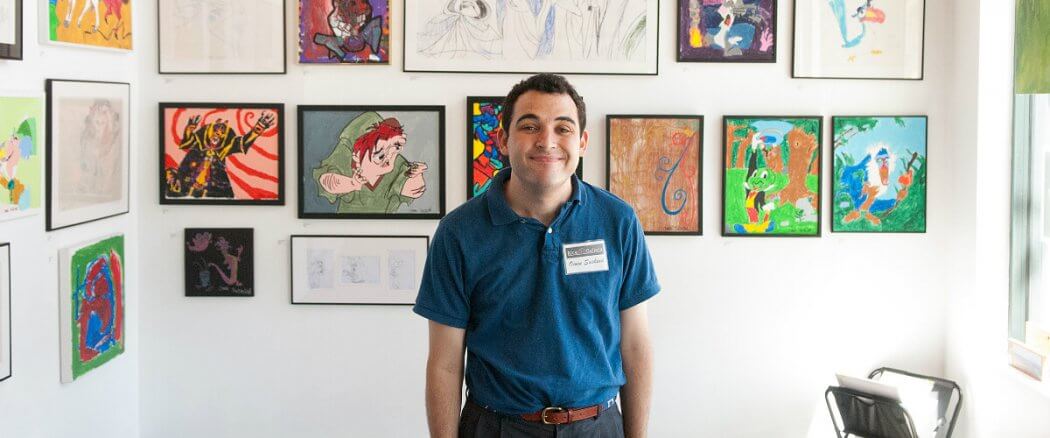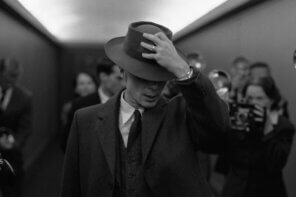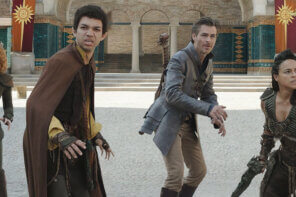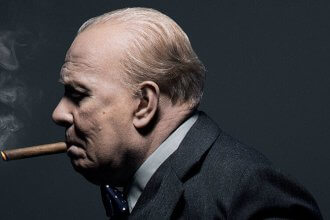Almost everyone has a history with Disney animated movies, especially those of us who profess to be film junkies. We weren’t taking the likes of Stanley Kubrick and Martin Scorcese as children. Instead, we were covering our faces with blankets as Bambi and his mother ran from hunters or when Scar pushed Mufasa into a raging stampede while Simba watched in horror.
Disney has built an empire on classic children’s tales that could one day rival the cultural impact of Shakespeare or the Grimm brothers. The movies seep into our everyday vernacular. Having a tough day at work? Hakuna Matata! Do you hear someone telling a lie? Better hope their nose doesn’t grow. Most of us know these references well, and we can relate them to specific moments in our lives.
But then again, none of us can do it quite like Owen Suskind.
Suskind is the subject of Roger Ross Williams’ documentary, Life, Animated, a film that won Williams the directing award at Sundance — the film itself was nominated for the Grand Jury Prize. Suskind, a mid-20’s man living with autism, lives a life permeated with Disney. He owns most — if not all — the VHS tapes. He’s got Disney posters on his wall and a Mickey Mouse necklace. He’s friends with Gilbert Gottfried and Jonathan Freeman (Iago and Jafar from Aladdin). There’s even a short Disney fan-fiction film based on one of his stories.
So why all this Disney mania? Put simply, Owen has autism, and the films help him understand the world around him.
Lives Animated
Williams’ documentary starts just before Owen’s high school graduation (he attends a special needs school), and ends with Owen living “on his own” in an assisted living facility. But in reality, the movie acts as more of a traditional biography, based on Ron Suskind’s — Owen’s dad — book of the same name. While the viewer frequently visits the timeline of Owen’s graduation and big move, the story blends beautifully with the story of Owen’s childhood and teenage years. From his initial diagnosis at age 3 to multiple Disney-magic moments that I won’t spoil for you, we see the overall scope of Owen’s life with autism. He’s a troubled child who won’t even speak to his parents, but demonstrates a remarkable ability to memorize and relate with Disney films. Some of his first words to his parents come directly from the dialogue in The Little Mermaid. And soon, the Suskinds lean into Owen’s love. They figure, “If it works for Owen, it works for us.”
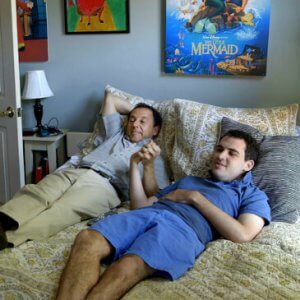 One of Williams best achievements is that while the narrative never leaves Owen — the compelling character most writers could only dream of — we see how his unique, beautiful life directly impacts the lives of his family. His parents suburban dream of a perfect family in a perfect house is disrupted by the diagnosis, but they adapt well to a life of caring for their son. And not only do they adapt, they embrace it. It’s a beautiful picture of sacrifice and love that injects hope into the narrative, even in some of the films darker moments. And Walt — Owen’s aptly named brother — is the brother of dreams. He’s supportive of Owen in a way few would be. One of the film’s better moments come while the two play mini-golf and Walt tries to talk to Owen about kissing his girlfriend of 3 years. But Walt also offers an appropriately grounded picture of life with Owen. In a poignant scene, Walt sits on a dock at his 26th birthday telling the viewer how he often thinks about the future. It’s a future dedicated to taking care of Owen and his elderly parents. And while he readily accepts and embraces his role as care-taker, he knows the challenges it will bring. It’s a moment of brevity that disrupts the happy-go-lucky tone, but Williams chooses to use it to bring humanity to Owen’s support system.
One of Williams best achievements is that while the narrative never leaves Owen — the compelling character most writers could only dream of — we see how his unique, beautiful life directly impacts the lives of his family. His parents suburban dream of a perfect family in a perfect house is disrupted by the diagnosis, but they adapt well to a life of caring for their son. And not only do they adapt, they embrace it. It’s a beautiful picture of sacrifice and love that injects hope into the narrative, even in some of the films darker moments. And Walt — Owen’s aptly named brother — is the brother of dreams. He’s supportive of Owen in a way few would be. One of the film’s better moments come while the two play mini-golf and Walt tries to talk to Owen about kissing his girlfriend of 3 years. But Walt also offers an appropriately grounded picture of life with Owen. In a poignant scene, Walt sits on a dock at his 26th birthday telling the viewer how he often thinks about the future. It’s a future dedicated to taking care of Owen and his elderly parents. And while he readily accepts and embraces his role as care-taker, he knows the challenges it will bring. It’s a moment of brevity that disrupts the happy-go-lucky tone, but Williams chooses to use it to bring humanity to Owen’s support system.
Protector of the Sidekicks
During our peaks into Owen’s life, we distinctly get the picture that Owen never sees himself as a hero, but a sidekick. Despite the fact he travels the world to speak at conferences and runs a Disney club at his school, Owen is enamored with the idea of protecting the little man. It’s the subject of his story Protector of the Sidekicks, which depicts Owen as a young boy fighting a villain who looks to make the world a dark and scary place for all supporting characters in life and Disney.
It’s a unique look at how Owen sees the world, and Williams never chooses to shy away from it. Despite his heroic qualities, Owen wants to stay on the sidelines and help rather than take the reins himself. Some would call that heroic, and they wouldn’t be wrong. The dynamic of hero vs. sidekick is one subtly explored in the movie, one that never pays off as much as it does raise an open question. Are any sidekicks really sidekicks? Or are they just heroes waiting for their moment to shine? Regardless of the answer, Owen shines throughout the film, marking every moment of screen-time with his infectious love of life and others, as well as his full-hearted desire to connect with the world around him.
Art Becoming Life
Oscar Wilde once wrote, “Life imitates art far more than art imitates life.” Putting aside personal thoughts about that statement, viewers should find Life, Animated is just about as close as it gets to this idea. The Suskind’s life does imitate art in the sense that art is their life — at the very least, it’s Owen’s. The question that follows is this: how do we interact with the art in which we partake? Is art a thoughtless exercise in passivity and relief? Or is art a way we interpret the world and choose to grapple with its harder truths? For the Suskinds, the latter is the only option.
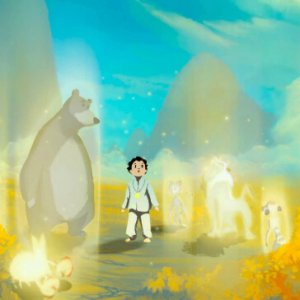 But what about the fact that many of Disney’s most sinister, classic villains all have a darker skin tone? Does Life, Animated ever address the problems with racial stereotyping in Aladdin, Pocahontas, or Peter Pan? What about the problematic portrayals of women over the years?
But what about the fact that many of Disney’s most sinister, classic villains all have a darker skin tone? Does Life, Animated ever address the problems with racial stereotyping in Aladdin, Pocahontas, or Peter Pan? What about the problematic portrayals of women over the years?
No, the film never does delve into these territories. Maybe it should, maybe it shouldn’t. But is that really the goal of Life, Animated? Or is it to portray the life-changing impact powerful art has on humanity? The question is often more important than the answer, and when the question is posed in such a lovely, compassionate way art steps up from good to important.
And to be quite frank, Life, Animated is an important film. Owen Suskind’s story is one full of beauty and livelihood, one that needs to be told. As usual, viewers will most likely leave with different takeaways. But it would be nearly impossible to walk away from this film without feeling moved.

